Art Exhibit Celebrates Afro-Latinidad Culture at Diamante Arts & Cultural Center
Last night, the Diamante Arts & Cultural Center welcomed the public to Afrolatinidad: An Art Exhibition with artists Jose Manuel Cruz and Miguel Brown. The exhibit was the first of four events, over the next month, celebrating Afrolatinidad.
What is meant by the term, Afrolatinidad?
We get a sense of perspective in this excerpt from the 2016 article Afro-Latino: A deeply rooted identity among U.S. Hispanics, by Ana Gonzalez-Barrera, senior researcher at Pew Research Center:
“Identity for U.S. Hispanics is multidimensional and multifaceted. For example, many Hispanics tie their identity to their ancestral countries of origin – Mexico, Cuba, Peru or the Dominican Republic. They may also look to their indigenous roots. Among the many ways Hispanics see their identity is their racial background. Afro-Latinos are one of these Latino identity groups. They are characterized by their diverse views of racial identity, reflecting the complex and varied nature of race and identity among Latinos. A Pew Research Center survey of Latino adults shows that one-quarter of all U.S. Latinos self-identify as Afro-Latino, Afro-Caribbean or of African descent with roots in Latin America. This is the first time a nationally representative survey in the U.S. has asked the Latino population directly whether they considered themselves Afro-Latino.
In the U.S., Latinos with Caribbean roots are more likely to identify as Afro-Latino or Afro-Caribbean than those with roots elsewhere (34% versus 22%, respectively). Those who identify as Afro-Latino are more concentrated on the East Coast and in the South than other Latinos (65% of Afro-Latinos live in these regions vs. 48% of other Latinos). They are also more likely than other Latinos to be foreign born (70% vs. 52%), less likely to have some college education (24% vs. 37%), and more likely to have lower family incomes. About six-in-ten Afro-Latinos reported family incomes below $30,000 in 2013, compared with about half of those who did not identify as Afro-Latino (62% vs. 47%).
Afro-Latinos’ views of race are also unique. When asked directly about their race, only 18% of Afro-Latinos identified their race or one of their races as black. In fact, higher shares of Afro-Latinos identified as white alone or white in combination with another race (39%) or volunteered that their race or one of their races was Hispanic (24%). Only 9% identified as mixed race. These findings reflect the complexity of identity and race among Latinos.”
About the artists:
Miguel Brown is a Dominican visual and graphic artist. He has exhibited in the United State and Spain. Mr. Brown is a graduate of Altos de Chavon La Escuela de Diseño in Communication Arts
Jose Manuel Cruz is a Puerto Rican/Colombian Latino Artist. He has a unique style and loves working with color and all mediums. Mr. Cruz has BA in Fine Arts and is a certified teacher in Art. For 38 years he has exhibited his works in the United States and abroad.
Photos from Last Night’s Exhibit
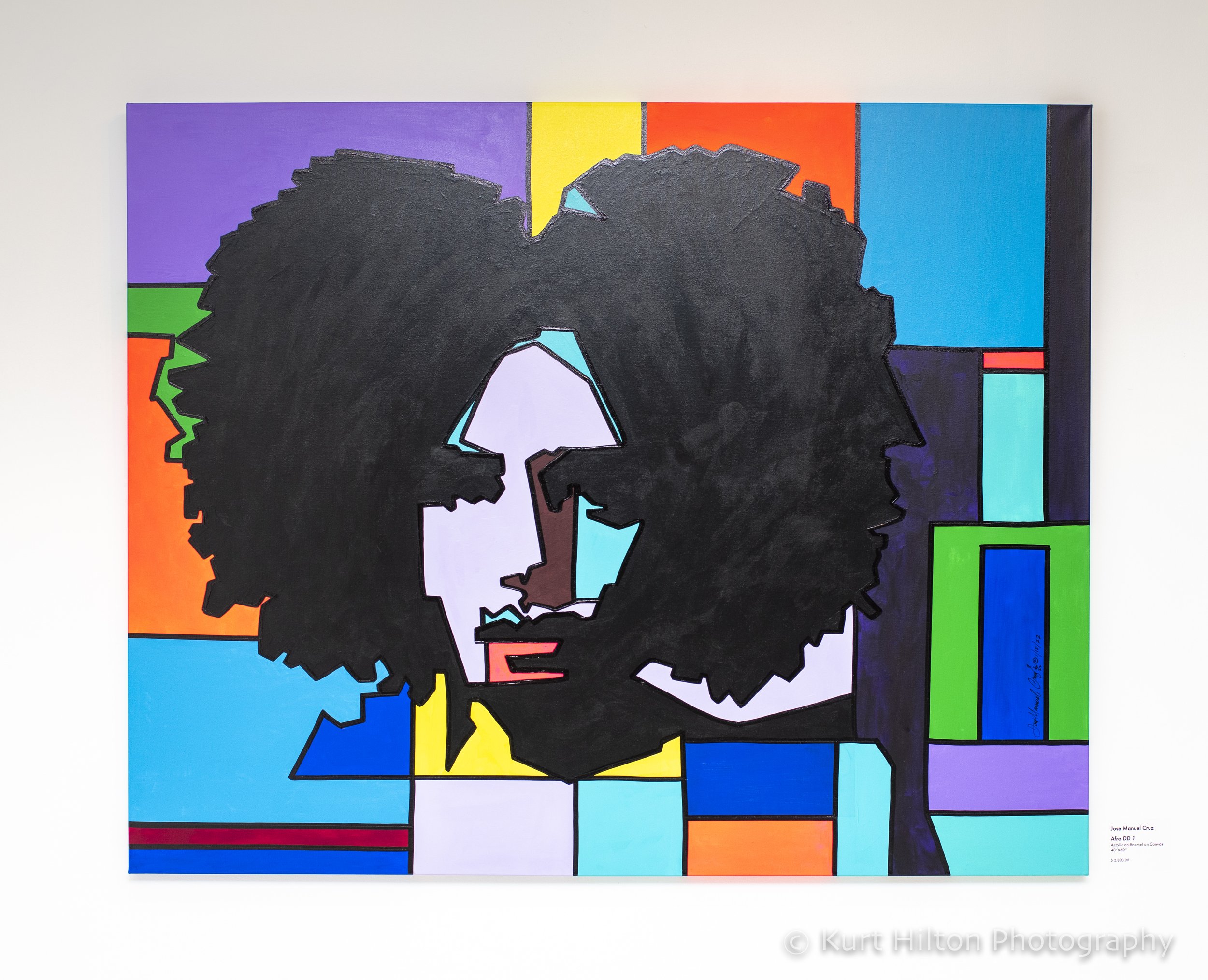

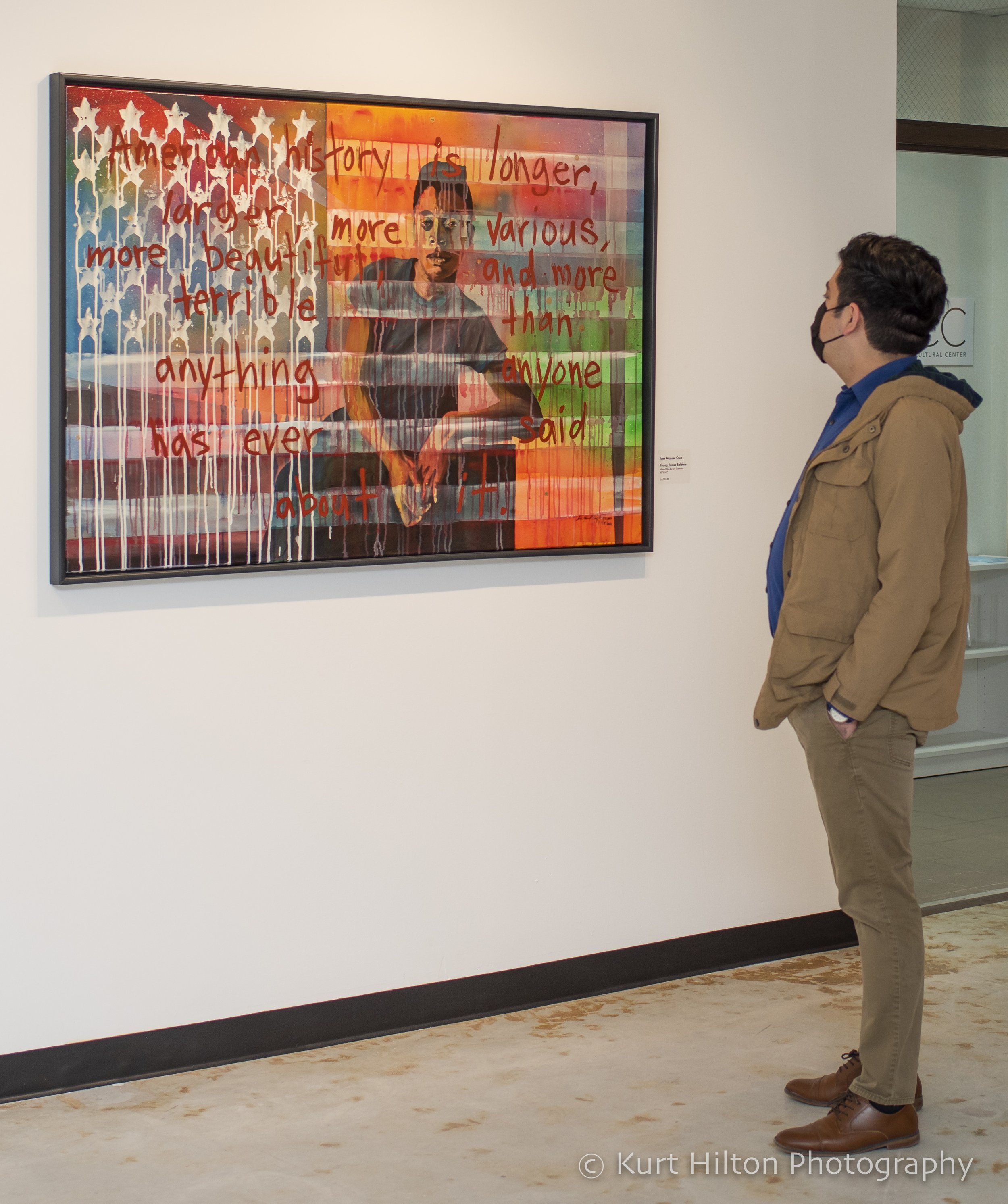
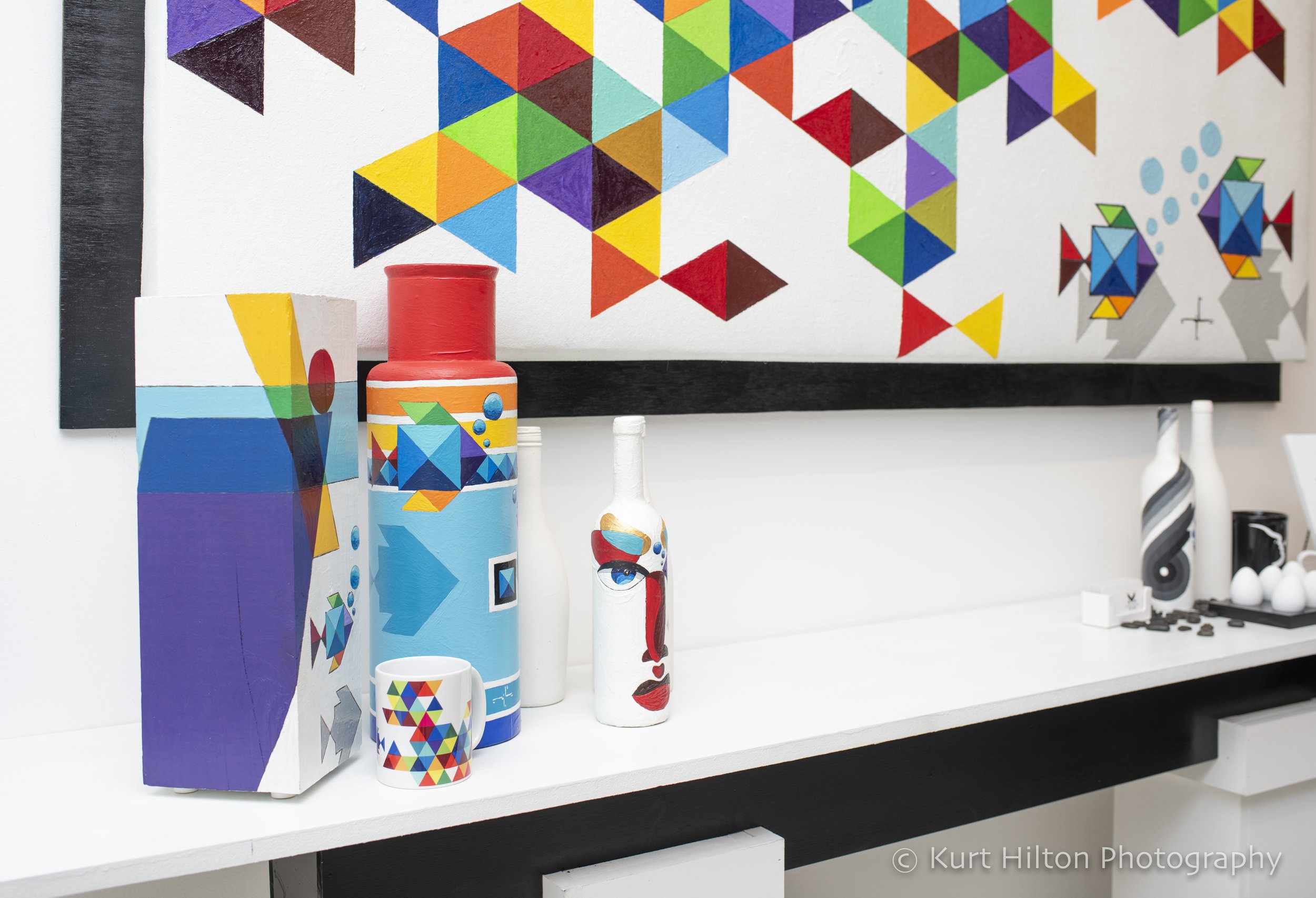


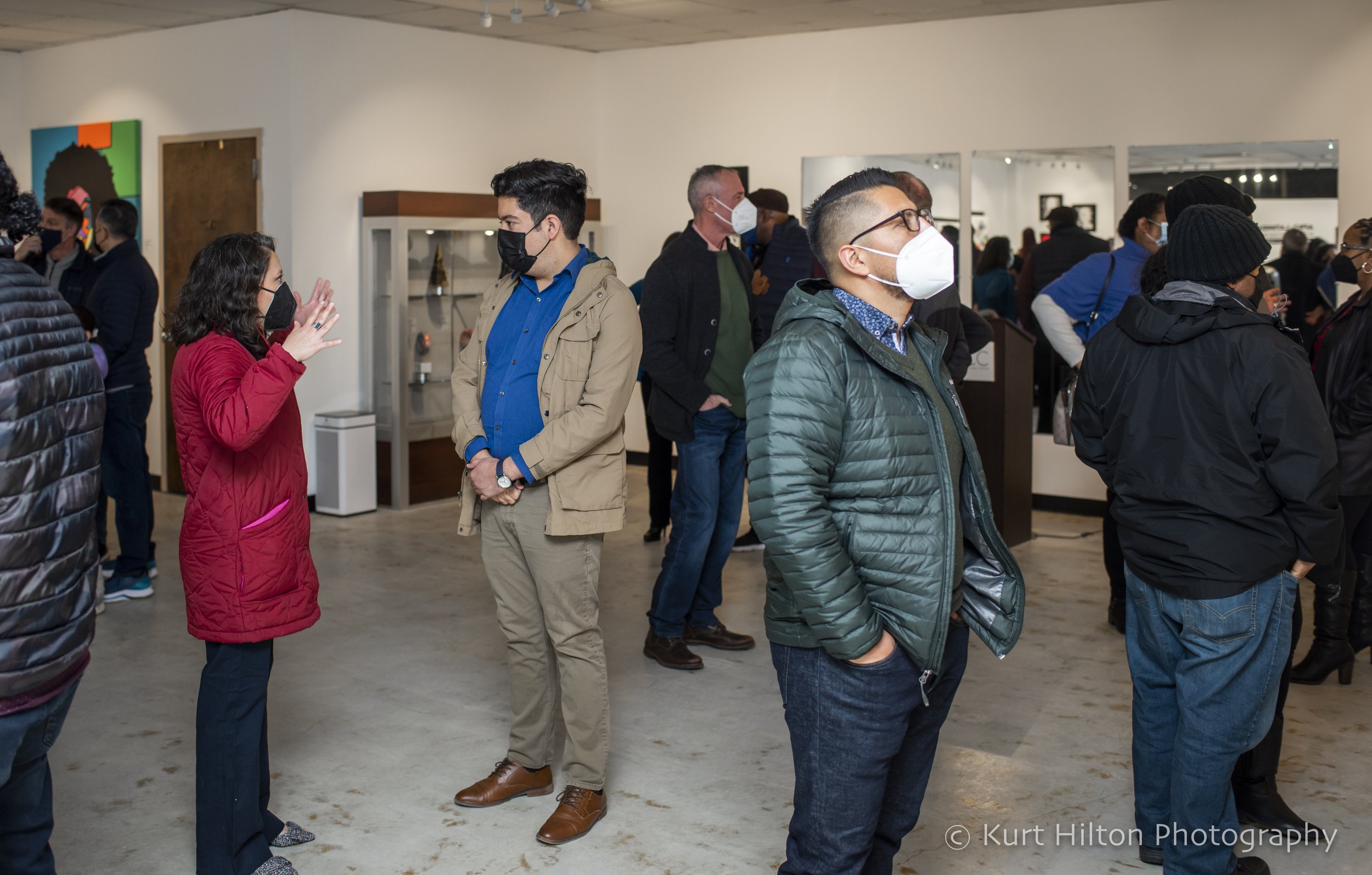
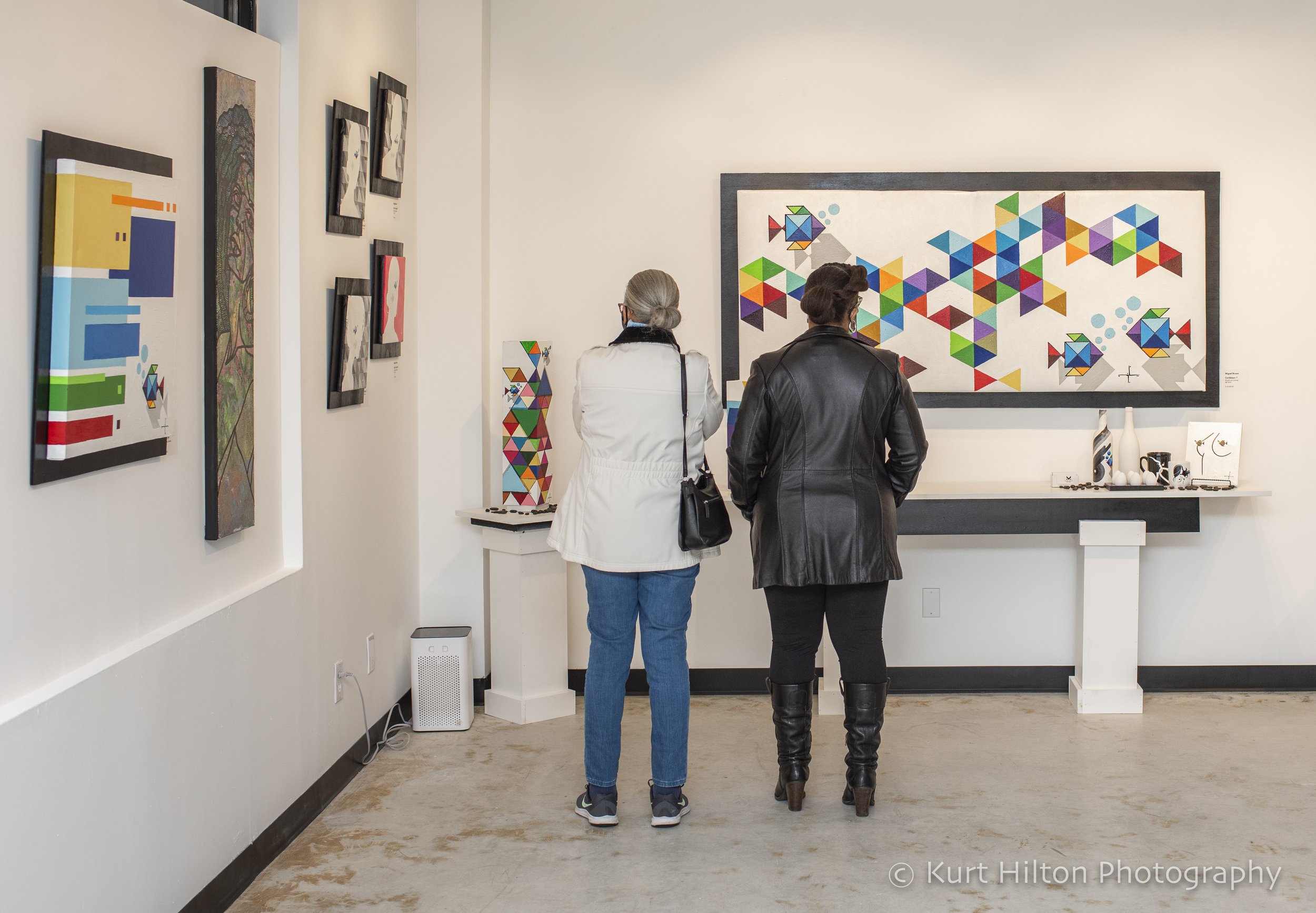
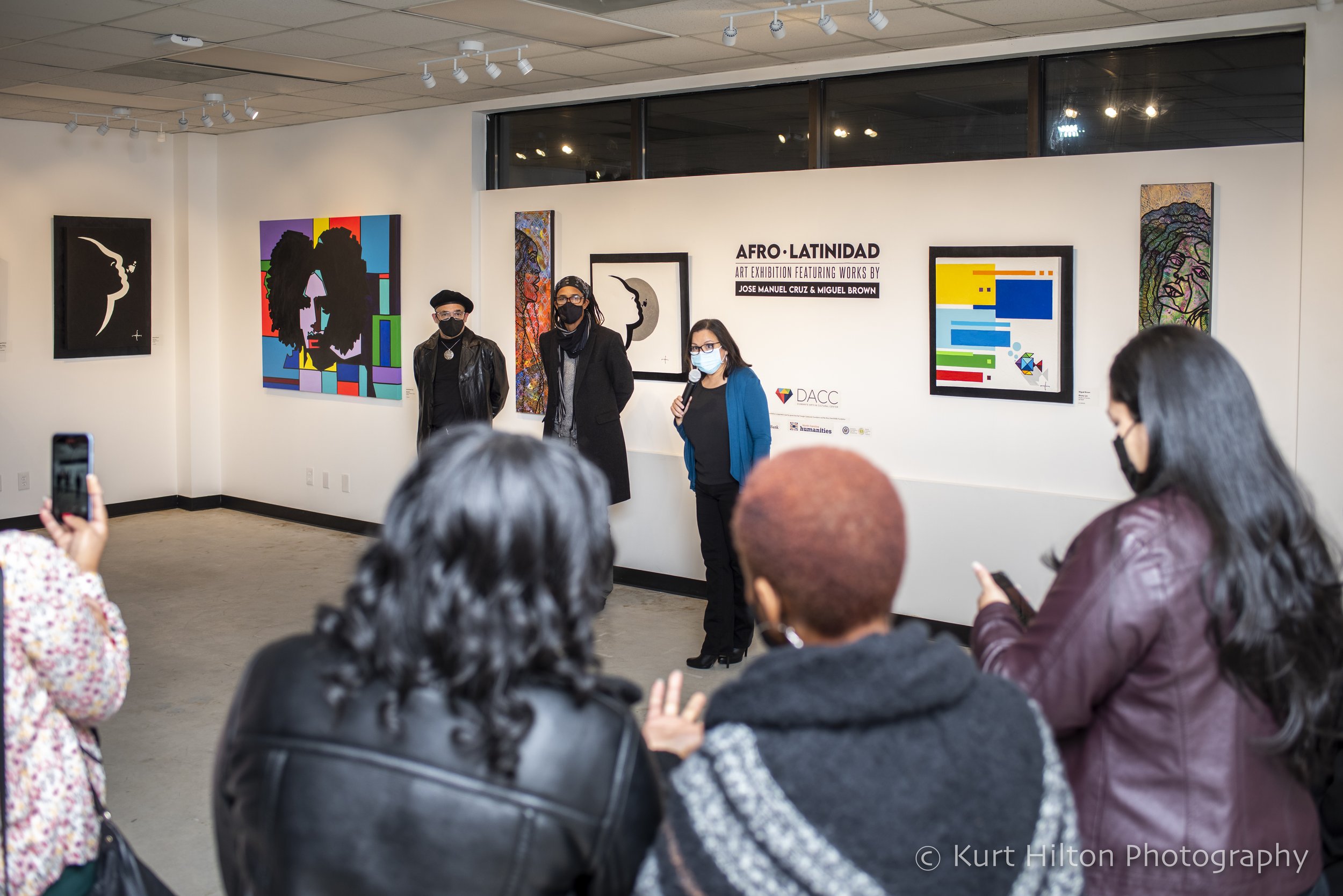
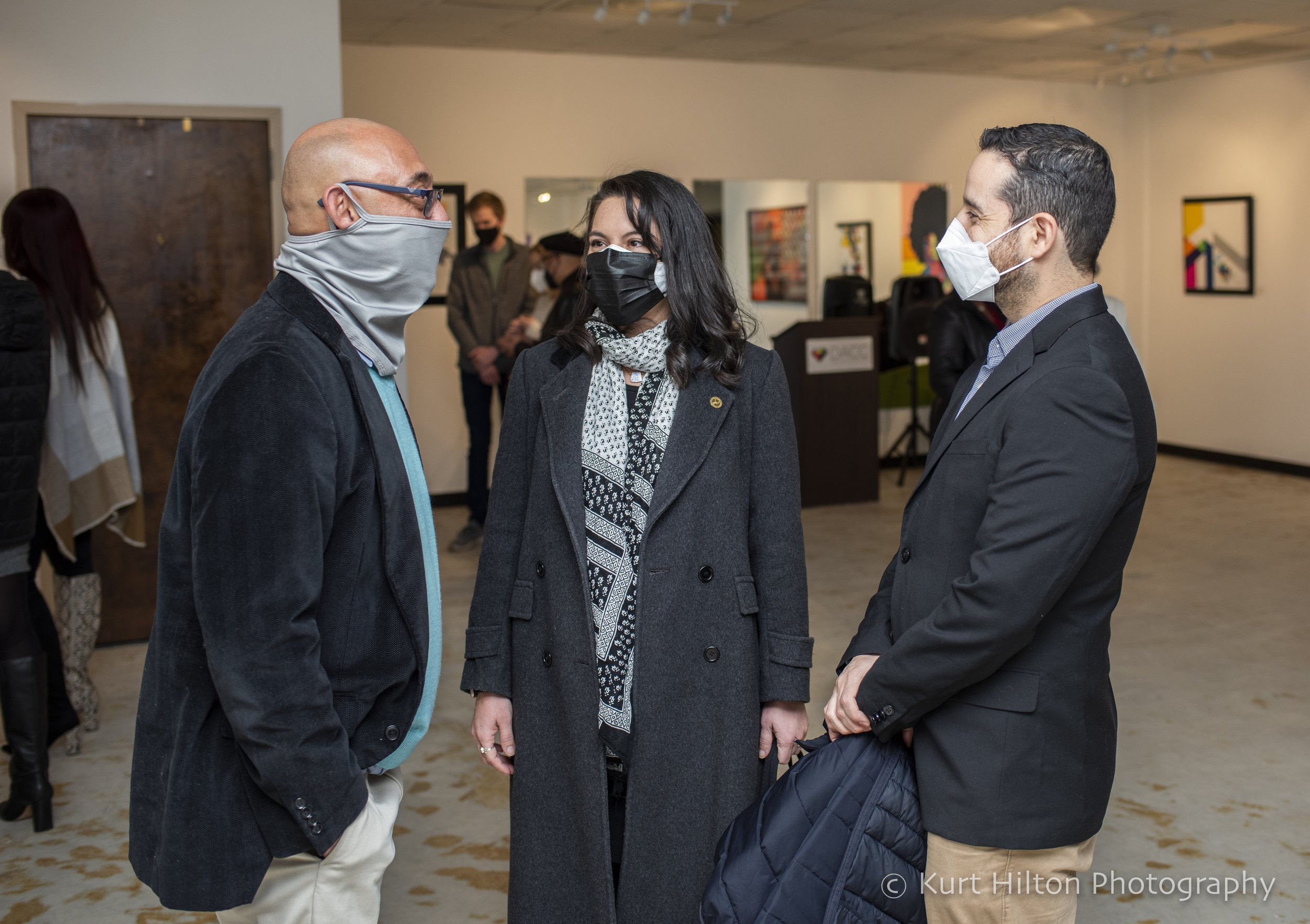
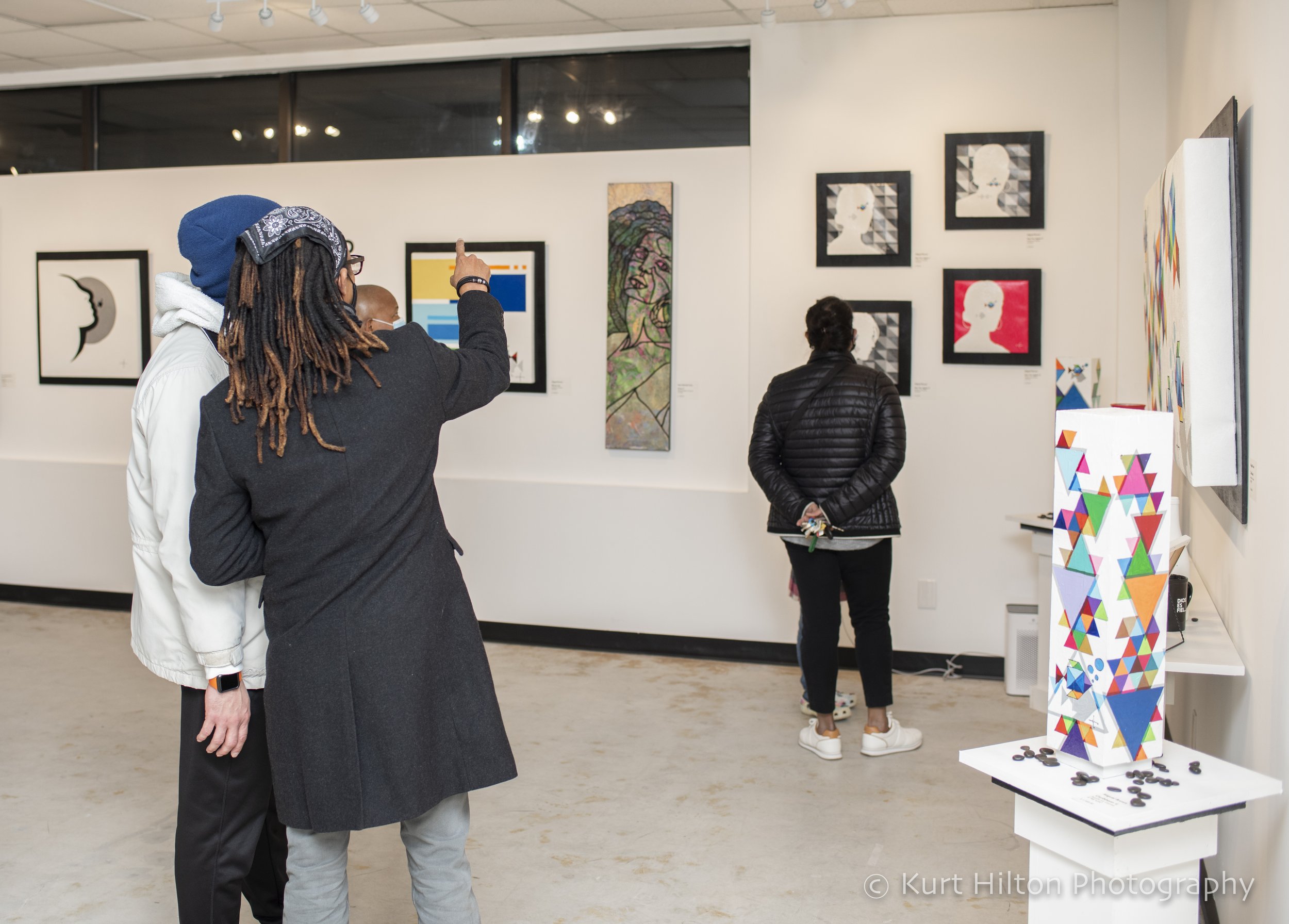
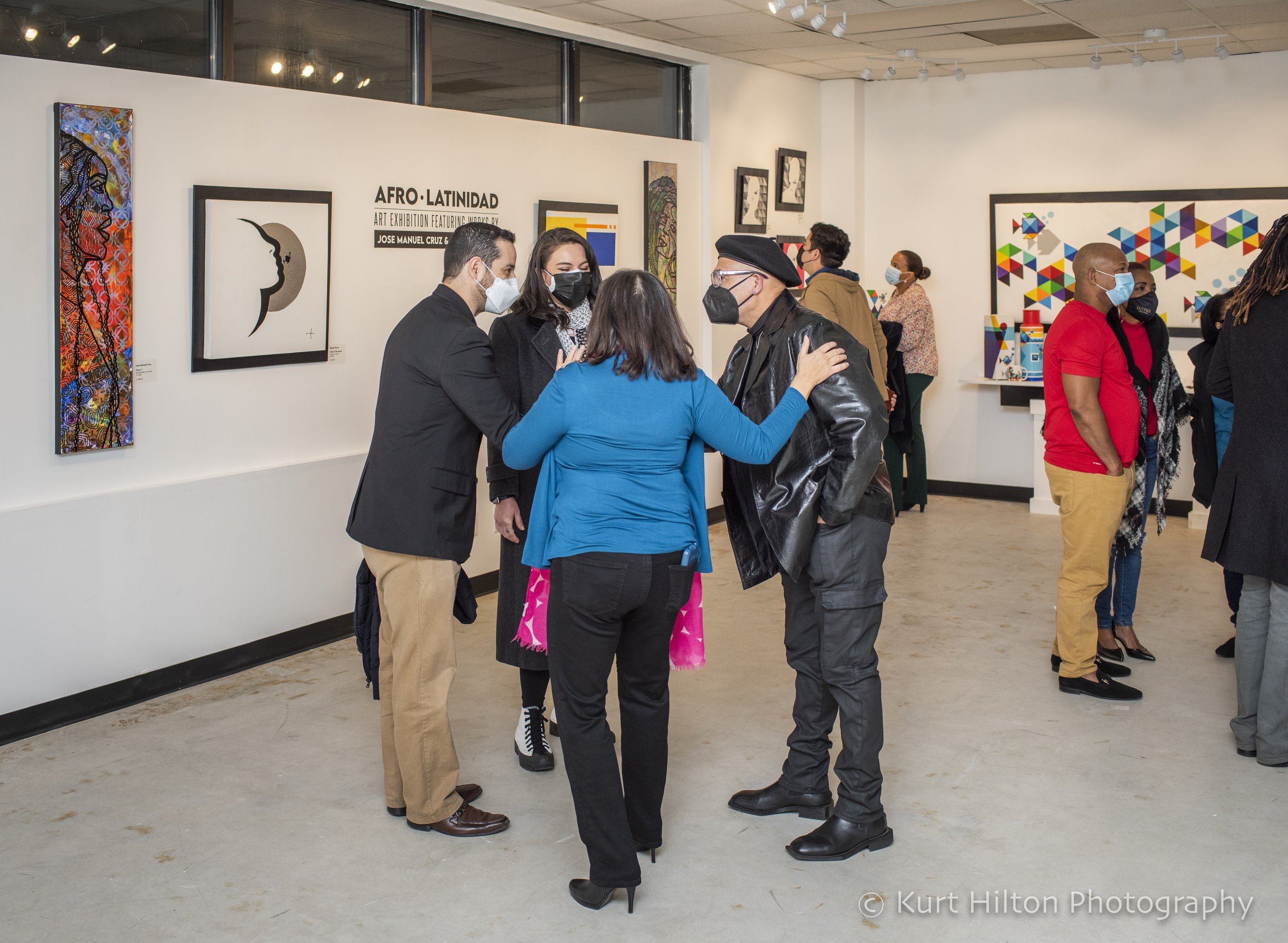
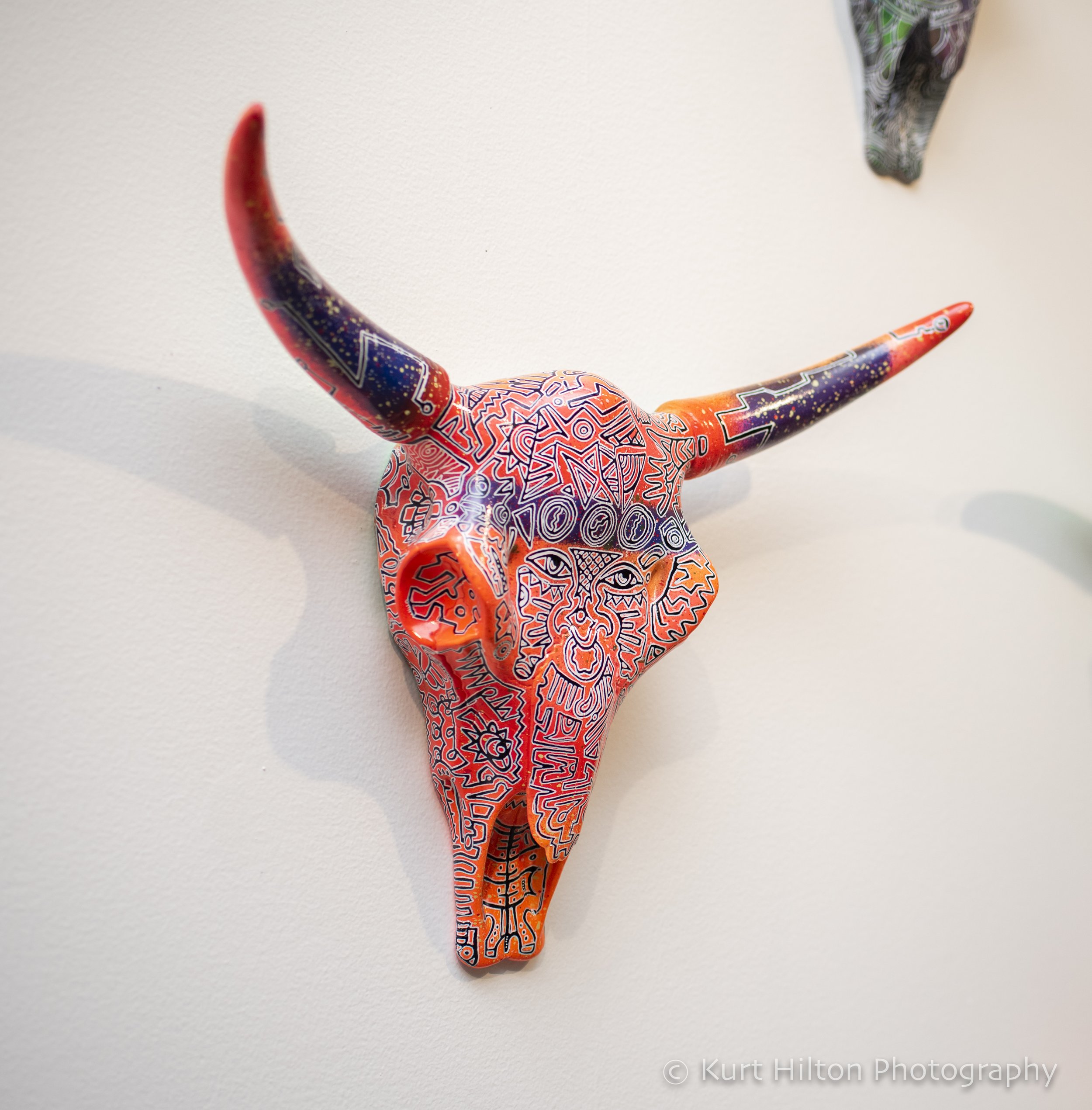
As part of the month long series, coinciding with Black History Month, three more events are scheduled at Diamante Arts & Cultural Center, celebrating and educating the community about Afrolatinidad art and culture. To view information about the upcoming events, click on the images below:
Diamante Arts & Cultural Center is located at:
5104 Western Blvd., Suite B
Raleigh, NC 27606
www.diamanteACC.org











![Cary Homecoming Parade [PHOTO RECAP]](https://images.squarespace-cdn.com/content/v1/5ccba9d6a9ab9538c2bf37cc/1665237786545-JU8WJRER5V7ER1D81FF8/DSC_8505.jpg)
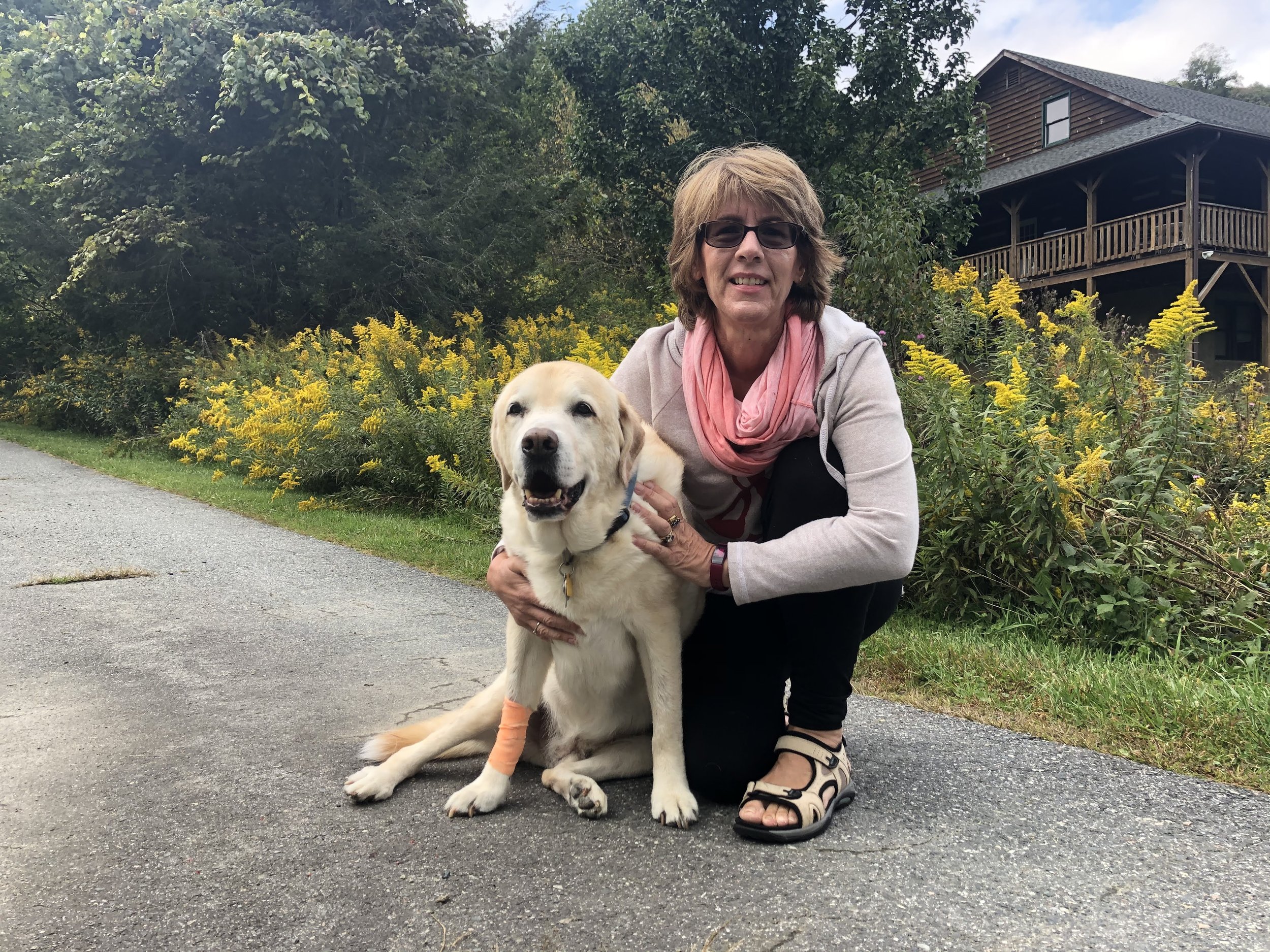


One piece of the story has fallen in to place, as we asked police whether Ian Delauder had interaction with the Cary Fire Department (first to arrive on the scene) or the Cary Police Department prior to the self-inflicted gunshot wound. Sergeant Alexander told us, “In listening to radio traffic, it is believed that Mr. Delauder suffered his gunshot wound after the arrival of the fire department. We do not know the timing of his wound in relation to the arrival of police officers. He did not have an interaction with the police.”